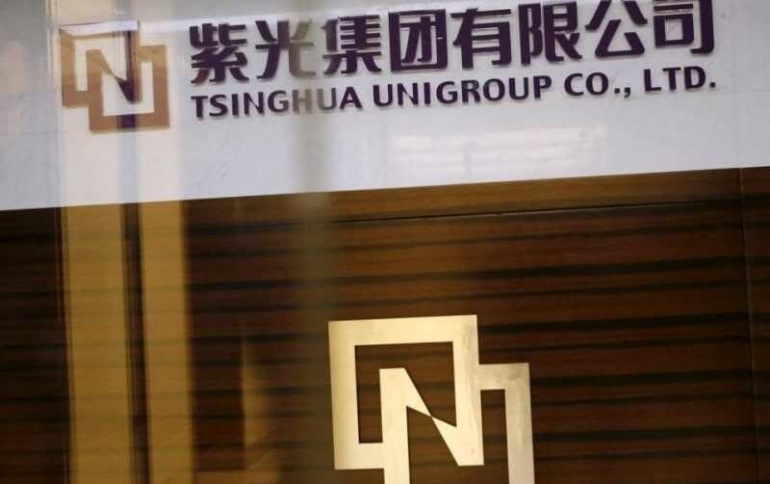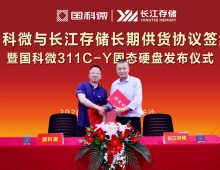
Process Technology Remains the Biggest Challenge to DRAM Production in China
Tsinghua Unigroup announced late last month that it has signed an agreement with the Chongqing government to establish an R&D center and a wafer fab for DRAM production.
The construction of these facilities, which will be located in Chongqing’s Liangjiang New Area, is scheduled to start near the end of 2019 and finish in 2021.
This latest event is another indication of China’s unwavering determination to achieve self-sufficiency in the supply of memory products. The continuing escalation of the US-China trade dispute and the blacklisting of JHICC by the US government have compelled the Chinese government to redouble their efforts to build up a domestic DRAM industry.
Tsinghua Unigroup had already released a statement on June 30 confirming that it has created a DRAM business unit with Diao Shijing, former director of MIIT, as the chairman and Charles Kao as the CEO. The formation of the DRAM business unit is a sign that Tsinghua Unigroup and the state have taken their collaborative relations to a deeper level. This action also affirms that China is committed to expand its domestic semiconductor manufacturing to include the more advanced memory products.
Market researchers at TrendForce believe that the first major challenge that the Chinese DRAM business unit will face is the development of the process technology. Unlike JHICC and CXMT, Tsinghua Unigroup does not have an outside partner that can provide the crucial expertise. JHICC, regardless of its presence on the US government’s Entity List, has already acquired considerable know-how from its former partnership with UMC. JHICC’s original schedule for product and technology development was made possible with UMC’s involvement. Likewise, CXMT has obtained the key technology licenses from Qimonda to develop its DRAM products. In the case of Tsinghua Unigroup, its IC design subsidiary Unigroup Guoxin Microelectronics has the R&D capability to assist in the design of memory products. However, its DRAM business unit does not have necessary support on the production side of things.
If Tsinghua Unigroup has to set up a DRAM process all by itself, then the whole endeavor could take as long as three to five years. So even if the fab in Chongqing is completed and actually begins small-volume production in 2021 as planned, it will take a long while before the operation at the fab attains economies of scale.
Since Tsinghua Unigroup lacks the R&D capability for process technology, it is placing its hope on CEO Kao’s ability to attract the industry talents that can strengthen the DRAM business unit. It is also worth noting that Kao’s five-year term of appointment at Tsinghua Unigroup will end in 2020. Whether the end of his tenure is going to affect the conglomerate’s DRAM strategy is something that warrants close observation down the line.
This is not Tsinghua Unigroup’s first attempt to enter the DRAM market. The conglomerate declared its resolution to develop DRAM products as early as 2014. However, the plan was later shelved because Tsinghua Unigroup as a state-backed entity has to consider the wider strategy of balancing industry growth with regional economic development. Furthermore, NAND Flash became its assigned priority.
One of the reasons why Tsinghua Unigroup has now shifted its focus back to DRAM is the technology export restrictions imposed by the US government on JHICC. The sanction, which has been in effect since November last year, has introduced a degree of uncertainty in JHICC’s production schedule and R&D roadmap.
The other domestic DRAM manufacturer CXMT is set to start volume production near the end of this year, but it is not expected to ramp up to a significant scale until the end of 2020 at the earliest.





















